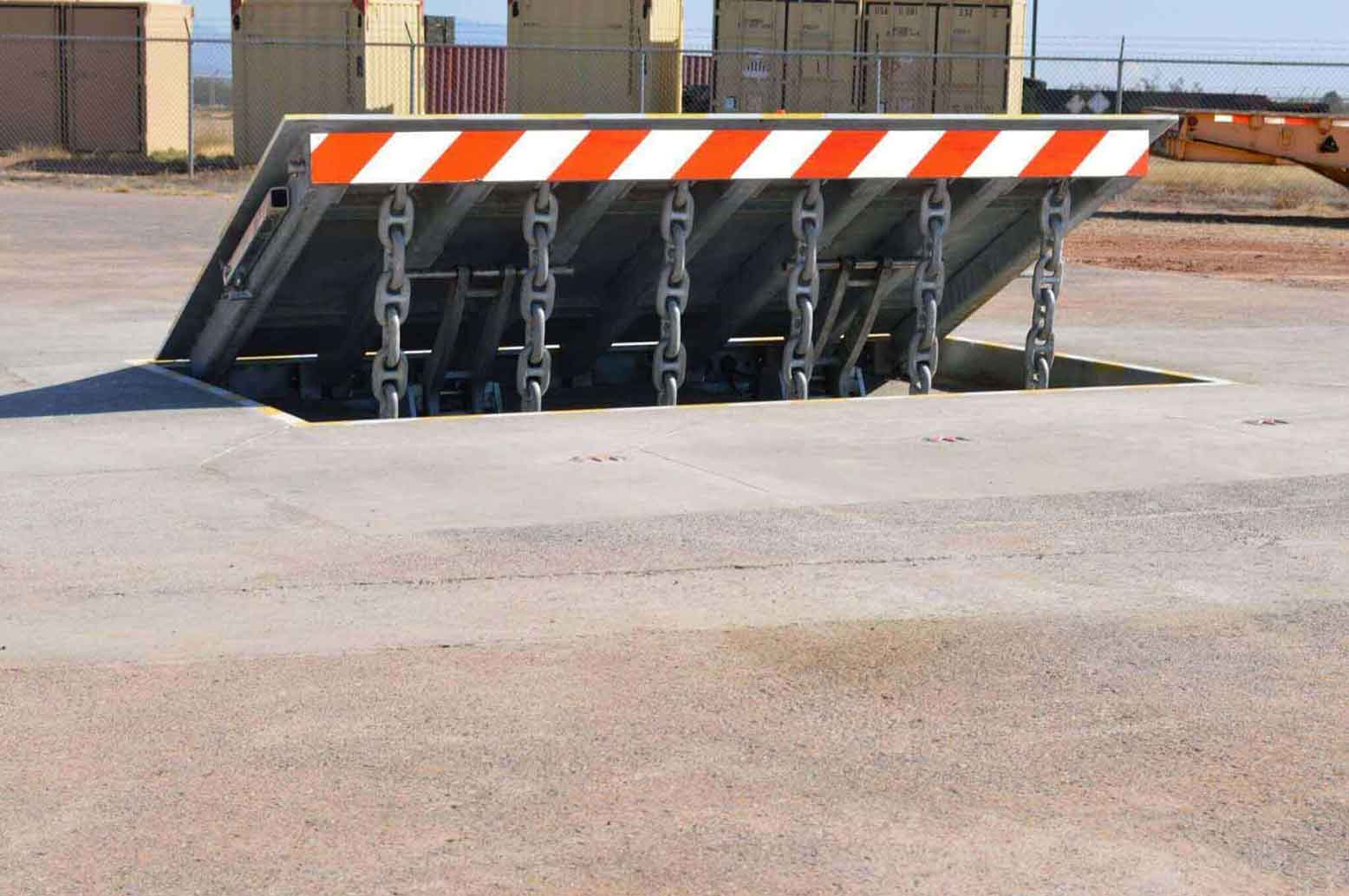EVERYTHING YOU NEED TO KNOW ABOUT VEHICLE BARRIERS

Vehicle barriers, also called crash barriers, are physical security units designed to regulate or block vehicular access to a particular space. They are extensively utilized in varied environments to boost safety, prevent unauthorized vehicle entry, and defend people and property from potential threats. Here's every thing you should know about vehicle limitations:
Types of Vehicle Barriers:
Crash Beams: Crash beams are horizontal obstacles installed alongside roads or highways to forestall autos from leaving the roadway and coming into harmful areas.
Wedge Barriers: Wedge obstacles are raised from the ground to block automobiles from getting into a specific area. They are significantly efficient against hostile car assaults.
find out here now : Bollards are sturdy, vertical posts put in in the floor to regulate vehicular or pedestrian traffic. They come in various sorts, together with fastened, removable, and retractable bollards.
Gates and Rising Arm Barriers: These obstacles control entry points and are commonly utilized in parking lots, residential areas, and secure facilities. Rising arm limitations rise vertically to allow or block access.
Key Functions and Features:
Hostile Vehicle Mitigation (HVM): Vehicle limitations, especially crash-rated limitations, provide protection against vehicle-ramming assaults, which have become a significant security concern.
Access Control: Vehicle barriers assist in managing and proscribing vehicular entry to authorized personnel only, enhancing security in sensitive areas.

Quick Deployment: Many automobile limitations are designed for speedy deployment, ensuring swift response in emergency conditions or safety breaches.
Integration: Vehicle barriers can be built-in with different safety methods like surveillance cameras, access control, and alarms for a complete security resolution.
Customization: Vehicle obstacles could be custom-made by way of measurement, power, and management mechanisms to suit specific security necessities.
Considerations When Choosing Vehicle Barriers:
Security Level: Determine the required stage of security based mostly on the potential threats confronted by the facility. Some areas would possibly want crash-rated barriers, whereas others could require standard access control barriers.
Site-specific Factors: Consider the space obtainable, floor circumstances, and potential conflicts with underground utilities when choosing and putting in car limitations.
Integration: Ensure compatibility with current safety methods and the ability to combine with other components of the safety infrastructure.
Regulatory Compliance: Adhere to local laws and laws governing the set up and use of vehicle limitations, obtaining necessary permits and approvals.
Maintenance: Regular upkeep is crucial for the effective operation of auto obstacles. Choose limitations that are durable and require minimal maintenance.
Applications:
Critical Infrastructure: Vehicle limitations are used to guard critical infrastructure corresponding to power crops, authorities buildings, and airports.
Commercial and Residential Areas: They are deployed in parking tons, residential communities, and business institutions to manage vehicle access and enhance safety.
Event Security: Vehicle obstacles are used during events, festivals, or rallies to create secure perimeters and prevent unauthorized vehicular access.
Public Safety: Vehicle limitations are utilized in pedestrian zones and public areas to stop accidental collisions and shield pedestrians.
In summary, vehicle limitations are important safety gadgets used to manage vehicular access, enhance safety, and protect in opposition to varied threats. Choosing the best sort of auto barrier includes cautious consideration of security wants, site-specific elements, integration capabilities, and regulatory compliance..
